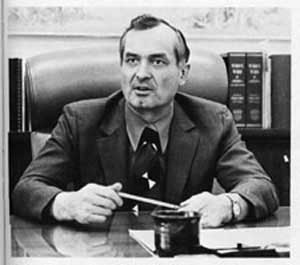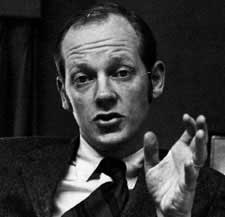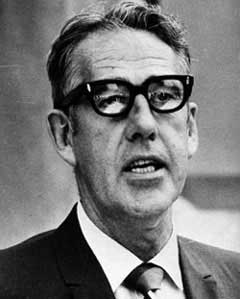
EPILOGUE
"Cambodia, Kent State, Jackson State University. The three causes of an unprecedented wave of campus concern, protest, and violence. Universities across the nation were closed as violence directed toward anything connected with the U.S. military establishment took its toll in property, good will, and human life. Yet many universities remained open and operating in the wake of turmoil by the new campus activism. One such university was Iowa State.
The reasons given for ISU’s comparatively calm campus were as numerous as the people interviewed. Campus radicals claim that nothing could get the typically apathetic ISU student involved. Others said that they didn’t have time for such ‘foolishness’. But perhaps the most popular reason given was that the students here voiced their concern in a peaceful manner. To them, violent protest was a hypocritical act.
Not only students were concerned with this Spring’s campus scene. Administrators were also interested in the outcome of the campus protests for they too were deeply affected by the national issues that perpetuated the current wave of campus concern …" (Bomb, 1971, p. 46).
"Iowa State University represented itself well … . We had a large number of students that were excited and actively demonstrating and participating in rallies. This was a good sign … " (Bomb, 1971, p. 47).
WILBUR L. LAYTON, Vice President of Student Affairs (see Figure 40)

Figure 40. Photograph of WILBUR L. LAYTON (circa 1970), Vice President of Student Affairs, 1967-1976.
"I was also caught up in the emotion of the situation and this had a real effect upon my perceptions of what happened. In regard to the campus unrest, students acted in an honest and open way. They were primarily affected by their own thoughtfulness and by their own feelings. The way they expressed themselves took on a great variety of forms. I was primarily concerned with the degree to which students were deeply hurt by the situation" (Bomb, 1971, p. 47).
C. ARTHUR SANDEEN, Dean of Students (see Figure 41)

Figure 41. Photograph of C. ARTHUR SANDEEN (circa 1970), Dean of Students, 1969-1973.
"On an open campus, differing views may be freely expressed, challenged, and debated. … [T]he peaceful rallies at Iowa State were in harmony with the methods and purposes of a great university" (Bomb, 1971, p. 46).
W. Robert Parks, President, Iowa State University (see Figure 42)

Figure 42. Photograph of W. Robert Parks (circa 1970), President, Iowa State University, 1965 – 1986.